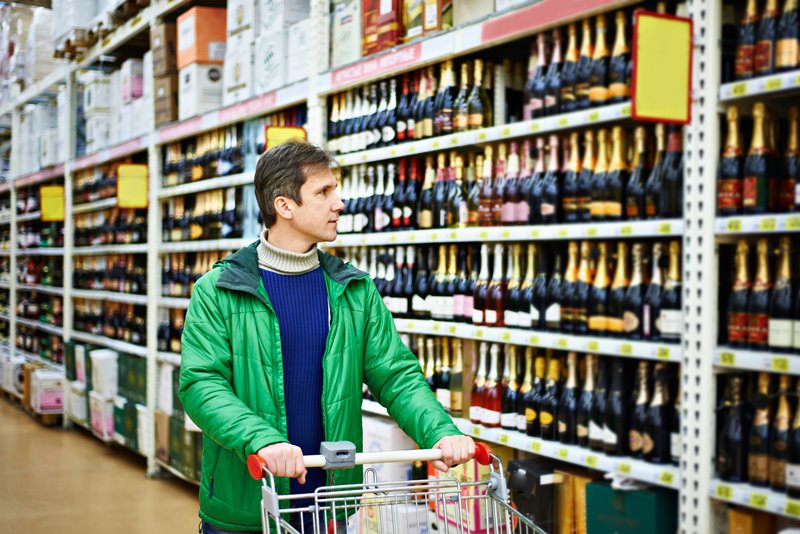Shift in alcohol consumption and spending patterns amid economic challenges
Economic concerns and consumer preferences reshape the global alcohol market
2023-12-21

As we approach the end of 2023, the latest findings from the International Wine and Spirits Record (IWSR) reveal a significant shift in consumer behavior regarding alcohol consumption and spending. Amidst a global cost-of-living crisis and rising financial concerns, there has been a noticeable downturn in alcohol spending, although consumption volumes remain relatively stable.
Economic Moderation: A New Trend in Alcohol Consumption
The IWSR Bevtrac reports, based on market data and consumer research, have highlighted a transition in consumer spending on alcoholic beverages. While Wave 1 of the Bevtrac report in March 2023 indicated a positive trend in alcohol spending across all regions, by September 2023, this scenario had dramatically changed, with all regions except Asia reporting a decrease in spending.
This shift is largely attributed to what consumers describe as "economic moderation." Factors like rising interest rates, increasing debts, food inflation, tax hikes, and higher energy costs are straining the finances of consumers, particularly among the younger legal drinking age (LDA+) demographic.
Regional Variations in Alcohol Spending and Consumption
The data shows varied impacts across different regions:
- North America and Europe: There's a noticeable negative shift in spending on alcohol, with countries like Canada, France, and Germany particularly affected by financial concerns.
- Asia: This region remains somewhat resilient, with India, China, and Taiwan still showing trends of premiumization, although this is mainly confined to spirits.
- Latin America: A stark negative swing is observed, with both consumption and spending trending downwards.
- Australia and South Africa: Despite some improvement in sentiment, the trend in alcohol consumption and spending continues to be negative.
The Market Performance and Consumer Sentiment
For the first half of 2023, the market has seen mixed performances:
- Beer: Marginal decrease in volumes.
- Spirits: A slight increase in sales, excluding national spirits.
- Still Wine: A decrease of 4%.
- Ready-to-Drink (RTD): An increase of 1%.
Despite the negative trend in spending, consumers report high job security, suggesting that these changes might be temporary and not indicative of a long-term structural shift.
The Resilience of Super-Premium+ Spirits and No-Alcohol Beverages
Interestingly, the super-premium+ spirits category appears to be somewhat insulated from these trends, with higher-income consumers continuing to spend on these products. Additionally, no-alcohol beverages have emerged as a bright spot, showing an increase in consumption across all markets, although spending is generally down. This growth is attributed to factors like innovation, increased availability, and alignment with taste expectations.
Looking Ahead: The Future of Alcohol Consumption
The key factors influencing the future of alcohol consumption and spending will be the sustainable growth of real wages in Europe and North America and whether the positive sentiment in Asia, particularly in China and India, translates into actual behavior. Moreover, the outlook among younger LDA+ consumers remains optimistic, indicating potential for a rebound in 2024.
In conclusion, the global alcohol market is experiencing a notable shift, influenced by economic factors and changing consumer preferences. While premium products and no-alcohol beverages show resilience, the overall trend indicates a cautious approach to alcohol spending as consumers navigate through economic challenges.
Founded in 2007, Vinetur® is a registered trademark of VGSC S.L. with a long history in the wine industry.
VGSC, S.L. with VAT number B70255591 is a spanish company legally registered in the Commercial Register of the city of Santiago de Compostela, with registration number: Bulletin 181, Reference 356049 in Volume 13, Page 107, Section 6, Sheet 45028, Entry 2.
Email: [email protected]
Headquarters and offices located in Vilagarcia de Arousa, Spain.